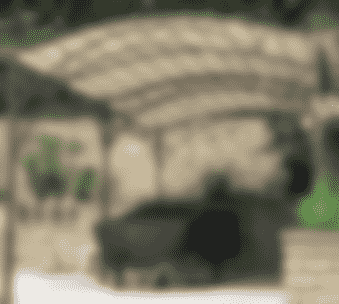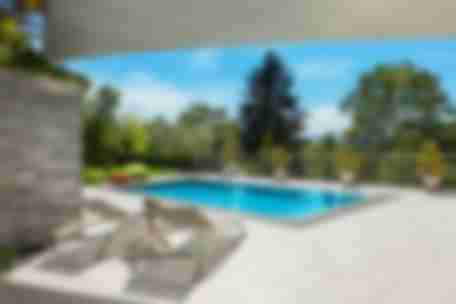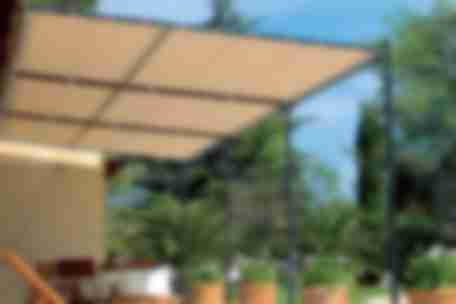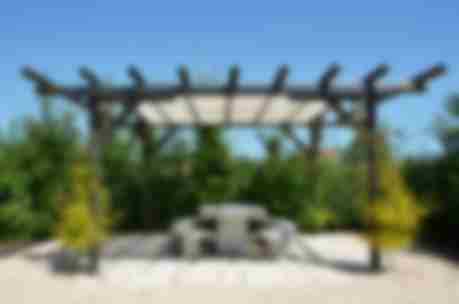
Covering the floor with its pergola: wood at the heart of the site
3

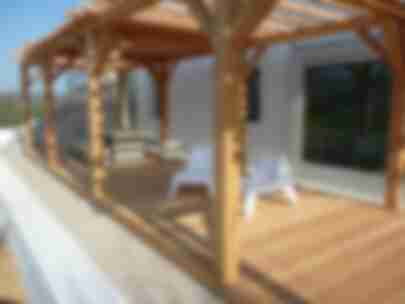
The garden pergola has been on the rise in recent years. This space of relaxation and conviviality requires a particular layout, especially at ground level. Wood is admirably suitable for this use.
Treated wood cladding: a choice of aesthetics
Timeless, aesthetic and ecological by nature, wood is an easy material to implement in the realization of any type of work. However, the choice of the gasoline to be used is a determining criterion when creating an outdoor space respectful of the environment. To cover the floor of a pergola, it is possible to opt for treated wood, exotic wood or composite wood.
The first solution is the cheapest and offers several finishes such as paints, varnishes or glazes. However, the latter must be applied regularly on the treated wood so that it can retain its beautiful color and resist the weather. This type of material requires special care with a sanitizing product to maintain its initial appearance over time.
Exotic wood VS composite wood: resistant coatings
It is possible to use rot-proof wood to cover the floor of your pergola. Acclaimed for their high resistance to external aggressions such as rain or sun, composite woods and exotic woods are widely used in garden terrace cladding and other outdoor elements such as the balcony.
However, composite woods have several advantages such as stone. They do not show splinters over the years and are fully biodegradable. Moreover, their rot-proof feature is particularly recommended in environments exposed to weather and in the presence of water such as swimming pools or marinas. Composite woods also offer the advantage of being less expensive and easy to maintain compared to exotic woods such as teak.





